Jun. 24, 2014
Dear Pro Football
Players:
I have always wanted to know how many men have played professional football in the U.S. - how many have died – and how many are still living, so I decided to conduct some research to see if I could find the answer.
Here are the results:
Click on this link:Scribd File to see the entire list of players.
If you open the list, it is arranged alphabetically – by first name. If you click on a
player's name, it will go to the Pro Football Reference.com website and give
you the player's statistics.
The list only includes players that have been on
an "active" roster during the course of a year. It does not include the years
that a player was on the PUP (Physically Unable to Perform) or IR (Injured
Reserve) lists. I should note that the NFL gives a player a "credited" season
toward their pension for any year they were on the PUP or IR list.
Unfortunately, I do not have access to that information.
If you don't see your name on the list, or the years you played appears to be inaccurate, please let me know. I cannot say that this is a totally accurate list, but it is my best attempt. My apologies to any player that was inadvertently left off the list, or has erroneous information.
I want to thank Kenneth
Crippen, the Executive Director of the Pro Football Researchers Association for
identifying all of the players that have died over the last 92 years. Here is a
link to his website: Pro Football Researchers Association.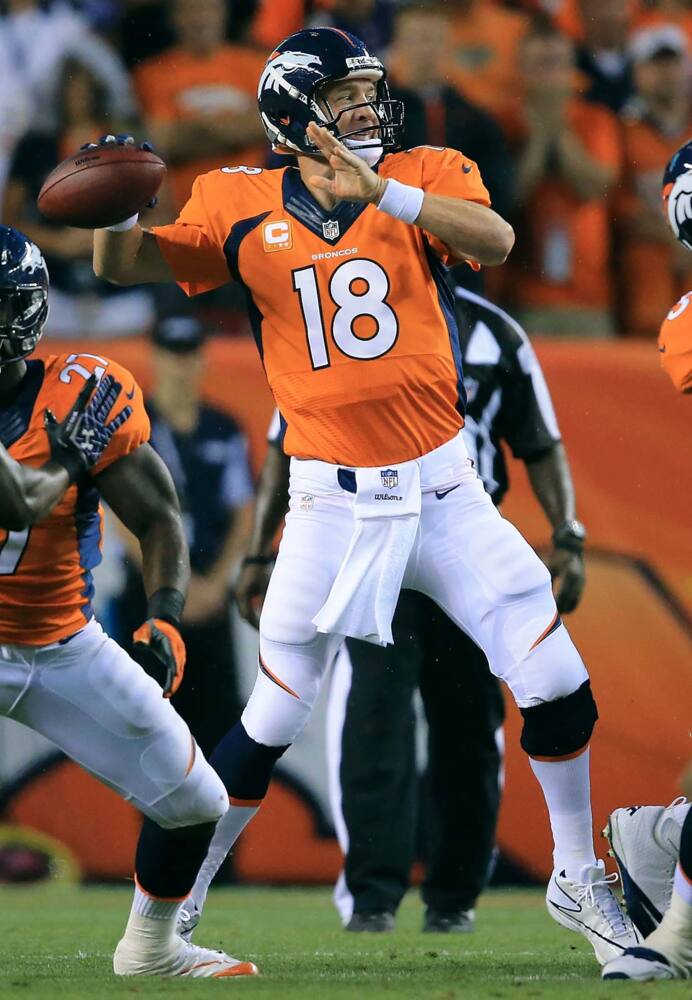 It took him an entire month to complete his
part of the research, so if you want to, you can send him a thank you at this
email address: [email protected] His website has a wealth
of information on Pro Football and I encourage you to become a member and
receive a subscription to his newsletter, the "Coffin Corner" and other great
information.
It took him an entire month to complete his
part of the research, so if you want to, you can send him a thank you at this
email address: [email protected] His website has a wealth
of information on Pro Football and I encourage you to become a member and
receive a subscription to his newsletter, the "Coffin Corner" and other great
information.
The origin of
professional football can be traced back to 1892, with William "Pudge"
Heffelfinger's $500 contract to play in a game for the Allegheny Athletic
Association against the Pittsburgh Athletic Club. In 1920 the American
Professional Football Association was formed. This league changed its name to
the National Football
League (NFL) two years later,
and eventually became the major league of American football. Primarily a sport
of Midwestern industrial towns in the United States, professional football
eventually became a national phenomenon. Football's increasing popularity is
usually traced to the 1958 NFL
Championship Game,
a contest that has been dubbed the "Greatest Game Ever Played".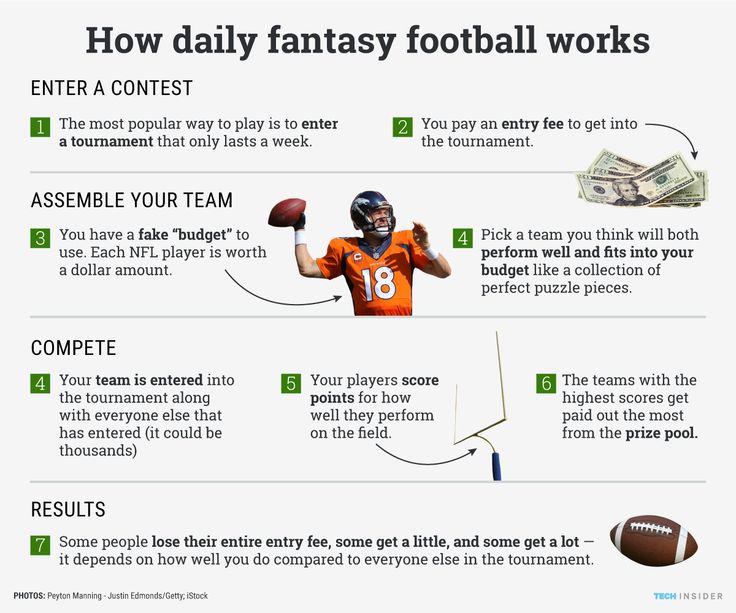 A rival league
to the NFL, the American Football
League (AFL), began play in
1960; the pressure it put on the senior league led to a merger between the two leagues and the creation of the
Super Bowl, which has become the most watched television
event in the United States on an annual basis.
A rival league
to the NFL, the American Football
League (AFL), began play in
1960; the pressure it put on the senior league led to a merger between the two leagues and the creation of the
Super Bowl, which has become the most watched television
event in the United States on an annual basis.
"He who knows only his own generation – remains always a child"- George Norlin
NFL
Need help with your NFL retirement plan?
Too much mystery surrounds NFL retirement.
You may find information here and there, but it’s scattered. What’s needed is a resource that puts everything together. A resource that allows you to see the whole picture.
That way, you can begin planning for retirement. Instead of letting
retirement plan for you.
Instead of letting
retirement plan for you.
NFL careers are short, and players come into life-changing money at a young age. What do athletes do with all that money? Many retired athletes go broke before they even start receiving a pension. Unfortunately, players aren’t getting the right information to plan for life after pro football.
In this article, you’ll find all that valuable information in one place. It’s carefully laid out so you can capitalize on it to create generational wealth — long before you hang up your jersey.
Let’s begin.
For most U.S. corporations, the habit of handing out pensions is long gone. That’s if they ever had that habit to begin with. On the other hand, the NFL continues to offer pensions for retired players — if they meet certain conditions. More on that later.
The NFL pension is one of the features of the Bert Bell/Pete Rozelle NFL Player Retirement Plan, which was recently updated. I’ll cover some of the critical updates below as well.
I’ll cover some of the critical updates below as well.
In 1960, the American Football League (AFL) had its first season. NFL owners saw this new league as a threat. If NFL players hopped over to the AFL, the NFL owners would threaten to snatch the player’s pension.
Back when the AFL and NFL existed as two separate leagues, NFL players had greater leverage. When NFL owners threatened NFL players, the players would use court actions as their defense. The result? NFL players would gain improved pension coverage and greater benefits.
In 1966, the NFL and AFL merged to become one league. This monumental move crushed all of the leverage NFL players had. Forever.
On July 3rd, 1968, the National Football League Players Association (NFLPA) voted to have the very first player strike. The goals were to increase compensation, pensions, along with other benefits for all players. NFL owners responded by establishing a seven-day lockout.
On July 14th, 1968, the NFL and NFLPA reached their first collective bargaining agreement. The result? NFL owners would contribute $1.5 million from league revenue to players’ pensions.
In January 1970, the NFLPA and the American Football League Players Association (AFLPA) merged. Both associations wanted to work together so they could get better terms for players, including better pensions.
In Spring 1970, the NFLPA became a certified union. This happened right after NFL owners requested that lawyers be kept out of CBA negotiations. They also requested that players quit asking for increased preseason pay.
In July 1970, NFL players went on a two-day strike. The NFL owners threatened to cancel the season, but the two groups reached a compromise. A new, four-year CBA was established. As a result, pensions increased.
In 1993, NFLPA was re-certified as a union. This was followed by a new CBA. The result from this CBA? Pensions for NFL players nearly doubled. And for the first time, the CBA retroactively enhanced pensions for NFL players already retired.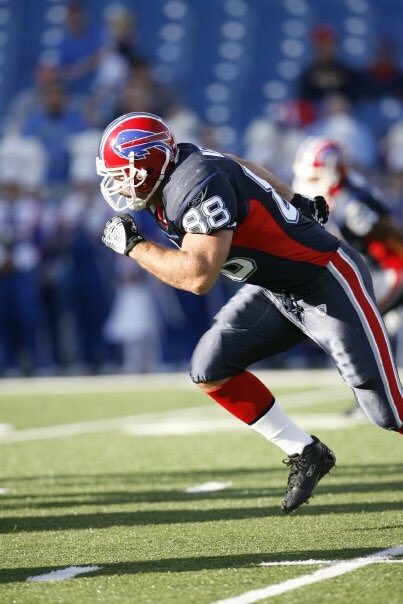
Since 1993, the NFL and NFLPA extended the CBA five times: 1996, 1998, 2000, 2002, and 2006. Each extension increased the salary and benefits for past, present, and future NFL players. In May 2008, NFL owners opted out of the CBA.
On August 4, 2011, the NFL and NFLPA signed a 10-year CBA. The 2011 CBA, combined with the Legacy Benefit, set it up so that more than $655 million can be set aside, allowing increased pensions for retired players.
The 2020 CBA, which will be valid until the conclusion of the 2030 season, commits nearly $2 billion to NFL player benefits. The latest CBA will result in a huge increase in pensions for NFL players.
When NFL players retire, they exit a game they’ve based their whole life around. With football out of the picture, they must find a new focus, a new mission.
So, what do some retired pros do during this new phase of their lives?
Some launch broadcasting careers. Some launch businesses. Either way, the players who make NFL retirement plans years in advance often thrive, and you’ll likely have many questions for a wealth manager while planning for your individual retirement.
Either way, the players who make NFL retirement plans years in advance often thrive, and you’ll likely have many questions for a wealth manager while planning for your individual retirement.
If you’re wondering: “What age will you retire from the NFL?”
Here’s the short answer:
NFL players don’t have the luxury to choose when they retire. Age, injury, or a cheaper version of you will be the reason you hang the cleats up.
NFL players don’t have to retire at any certain age.
The next section will have more details about that.
Usually, NFL players retire at a young age, often in their 20s. On average, NFL players only play a few seasons. Only the best can retire in their 30s.
As some players age, they become more and more protective of their bodies. This can lead to players deciding to leave the game … before they lose their game. They start thinking about their moves off of the field.
Other players find it too difficult to leave the game they fell in love with as a kid.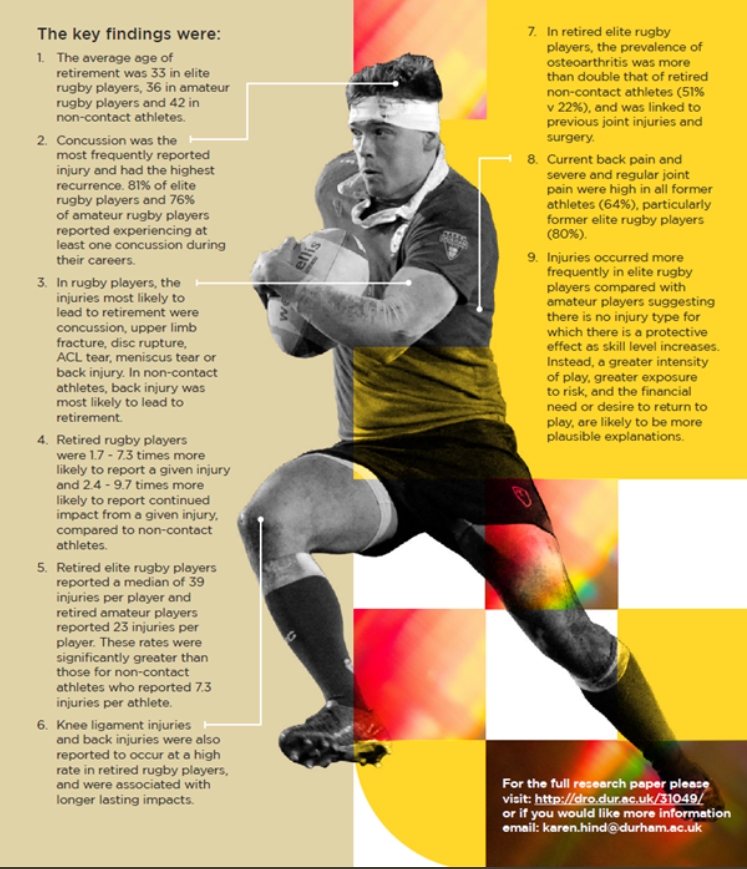
So, considering all of these factors, it’s clear that there’s no set retirement age. It all depends on the individual.
NFL players must play for three seasons before they can be eligible to receive a pension. That's when he'll be considered vested. Meaning he's eligible to receive benefits negotiated under the CBA.
But what's considered a season? The NFL player must be on a team's roster for at least three games (regular season or postseason).
For each season the player plays, he earns credits. The more credits, the greater his pension amount. So, the amount NFL players make after retirement will vary.
The amount of income a retired NFL player receives is based on his number of seasons played. Each season represents a credit towards the amount of pension money he can receive.
Also, NFL players must be at least 55 years old to receive their full pension money.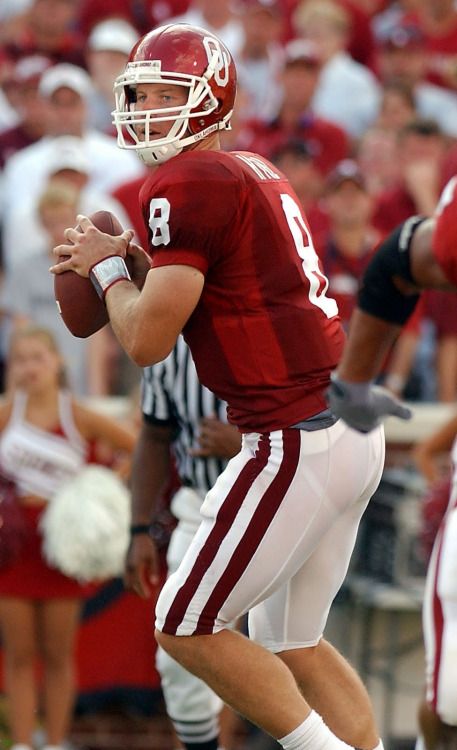 If a player wants the money earlier, he can receive a lesser amount plus penalties for taking the pension early. For a player that can wait until 65 to take the pension, the benefit greatly increases.
If a player wants the money earlier, he can receive a lesser amount plus penalties for taking the pension early. For a player that can wait until 65 to take the pension, the benefit greatly increases.
On average, retired NFL players earn about $43,000 annually from their pension.
Most players also decide to contribute to a 401(k) plan during their careers. The total amount of the 401(k) plan is based on how much the NFL player contributed from his salary. This and the NFL CAP plan are investment accounts and should be coordinated with the rest of your investment accounts.
The NFL Annuity Program can provide another source of income. The amount of income from the annuity depends on how much was contributed each credited season. It also depends on the age the player decided to receive annuity payments and how often he decided to receive them. A retired player can access this stream of income as early as 35.
Former NFL players who are in the Hall of Fame do not receive a specific pension outside of what other former NFL players receive. A Hall of Famer’s pension is determined by the number of years he played. Just as with a non-Hall of Famer.
A Hall of Famer’s pension is determined by the number of years he played. Just as with a non-Hall of Famer.
In addition to the pension plan, there are two other benefits NFL players can access.
One of the benefits is the Second Career Savings Plan. That’s a 401(k)-type plan where the employer matches the employee’s input, two-for-one. This plan is available after the NFL player plays two seasons.
There’s also a Player Annuity Program. This is a benefit that’s available for former players after playing four seasons.
But these aren’t the only types of NFL retirement benefits available to former players. There are also health care benefits.
Insurance on the NFL Plan after the 5 years provided post retirement can cost up to $35,000 annually just in premiums. This is a massive cost that should be planned for before a retired player has to start paying the premiums.
The NFL Dedicated Hospital Network Program grants players $25,000 annually for medical care and another $25,000 for mental health services.
This is not a replacement for insurance but an incredible earned benefit that should be utilized when possible.
According to the National Football League Alumni, former NFL players have access to these benefits via the Former Player Life Improvement Plan:
A Joint Replacement Program for former players who need joint work done to their body
Life insurance for former players under the age of 55
A card providing discounts for prescription drugs
A Medicare supplement program that helps with payments for Medicare supplement insurance, for former players 65 or older, covered by Medicare
A neurological care program that covers the expenses for neurological work on the body
Access to assisted-living facilities
A spine treatment program that covers all expenses
NFL Player Engagement provides educational and self-development resources for current and former NFL players:
“From aiding players with building their brands and managing their finances, to supporting their physical, mental and financial well-being, the goal of the Player Engagement department is to provide the best community of care to serve, equip, empower, and support the player and his entire ecosystem during and after his playing days.
”
Another benefit that some retired NFL players can receive is a severance payment. According to NFLPA, former NFL players need at least two credited seasons to access their severance payment.
The severance payment is supplied as a lump sum, via check. Players receive this check one full year after the termination date of their NFL contract. The amount is based on the number of credited seasons the player played and which years he played.
For instance, for the years 2017–2019, players received $22,600 per credited season as part of their severance package.
Now that we’ve covered the pension and benefits available to retired NFL players, it should be clear: The wealth generated during a playing career needs to last.
Former Seattle Seahawk and Super Bowl Champ, Zach Miller, saw a lot of players making expensive mistakes during his time in the NFL.
You can hear everything Zach wished he knew as a rookie in this interview: Owning Your Wealth as an NFL Player. Below are a few of the retirement planning tips he talks about with NFL players now, as a Private Wealth Advisor with AWM.
Below are a few of the retirement planning tips he talks about with NFL players now, as a Private Wealth Advisor with AWM.
As you know, all NFL careers have an expiration date. No one knows its exact date, but you should condition yourself to think years ahead, so you’re not taken by surprise.
“You realize real quick that eventually your career will end. It happens to all athletes. There is a timer on your career. You can’t play forever. And, as soon as you can understand that as a player, as soon as you can understand that the end will eventually come, the better you can start planning for after football.”
As NFL players rack up mileage on their bodies, there are always fresh, young players ready to come up. Even loyal veterans can get cut and replaced for less expensive players.
The earlier you start thinking about making a living without football, the more successful you’ll be in retirement.
You’re the CEO. Your life is your business.
The earlier you realize this in your career, the better your life will be, financially and otherwise.
The money you produce from employment is your revenue. With that money, you cover your expenses and support your lifestyle. But also consider surrounding yourself with a team of experts. Experts from fields like investing, accounting, tax law, and so on.
“You’ve put in so much effort and so much time into being an NFL player, to achieving that goal. And to achieving the kind of excellence on the field that you should demand off the field. Whether that’s who you hire as your agent, who you hire for your financial team. And it should be a team. It shouldn’t just be one individual.”
Think of these professionals as your employees, tasked with increasing your wealth. Hold your team to high standards, just as a boss does with employees. More on that in a little bit.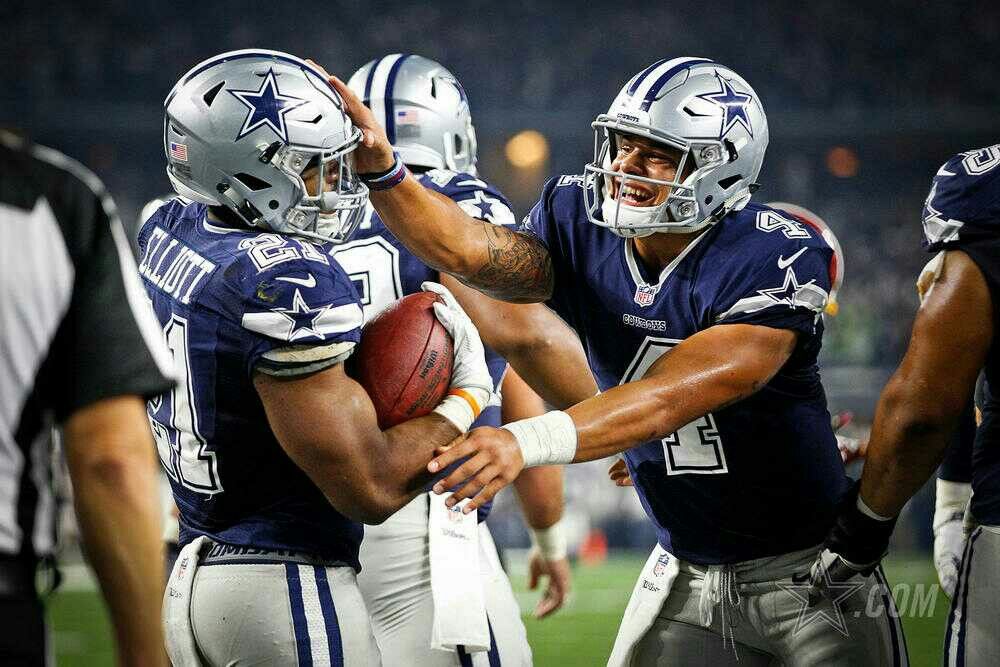
The greatest driver of your wealth is your NFL career. What you need is a financial team that can help you protect and grow that wealth. But not just any financial team.
You need one that specializes in meeting athletes’ needs. One that understands your lifestyle. One that can see things from your perspective.
In short, you want to hire a financial team that gets you.
Think of it like this. You would never hire a physical therapist, trainer, nutritionist, or even a psychologist who doesn’t specialize in treating athletes. Your livelihood depends on their advice.
Still, players often choose a generic brokerage house to manage their investments, thinking only about investment returns.
Zach Miller shared his firsthand experience:
“I wish that I would have known what a Certified Financial Planner was when I was a rookie. Because I would have just hired one immediately and really vetted that professional.
Instead, I hired an advisor from Merill Lynch. And while these people who work there, they can be good people, but the business model is not really set up to help an athlete succeed.”
You need someone qualified to help you make decisions about all the factors that can have a major impact on your wealth and your family’s future -- like disability insurance, buying property, taxes, and estate planning.
What do the wealthiest people in the world do with their money?
How did NFL owners become wealthy enough to buy an NFL team?
These are the types of questions you should ask yourself. When you do, you begin to train yourself to think like an NFL owner, and not one of the “assets” on their team.
Owners make business decisions, detached from emotion.
Most billionaires wouldn’t have become billionaires without the support of a top-notch team, but they don’t trust blindly -- they verify results and demand accountability.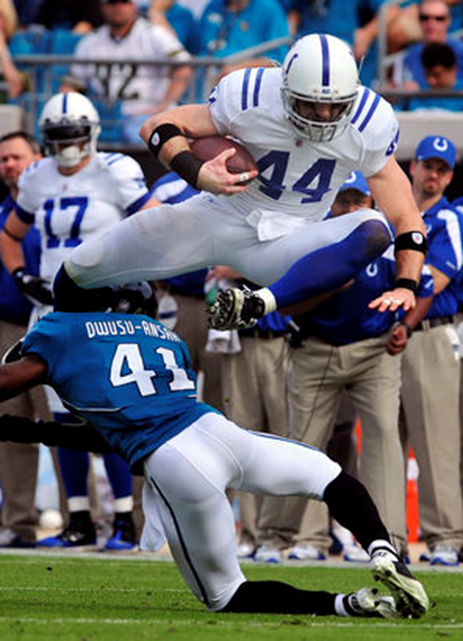
In fact, did you know that some NFL owners establish independent family offices?
That’s how far they go to protect and grow their wealth.
So, think like an NFL owner.
Surround yourself with a team of proven financial experts, and hold them accountable. If they aren’t helping you reach your goals, find someone who can.
“They need to be open to being evaluated by an outside source. They need to be honest with you. They need to prove their value to you because there's too many athletes, too many NFL guys that get taken advantage of. Sometimes it's outright fraud. Sometimes it's recommending bad investments or in other cases, it's just not providing the service that the player deserves.”
This article covered a lot of material, and you can always bookmark it as a resource to reference in the future when you have questions about NFL retirement.
You don’t have to be perfect. You just need to get started and make one decision at a time to start owning your wealth.
If you need more information based on your specific circumstances, it’s always helpful to speak with an experienced wealth advisor.
Contact me if you have any questions about how you can plan for a happy (and lucrative) retirement.
If you are one of the few Americans with a pension, then you are in luck. This is because having a pension affects most of the decisions you make in life, including the spouse you marry.
These pensions include the NFL pension. Like many other professions, the NFL has a retirement plan for players.
Known as the Bert Bell/Pete Rozelle retirement plan for NFL players. All four major league sports in the US have retirement plans for their players.
Learn more about NFL retirement by reading this article.
Let's start with the basics.
READ MORE: PENSION SECURITY AND INVESTMENT: Full Review in 2022
NFL Pension is a retirement plan provided by the National Football League (NFL).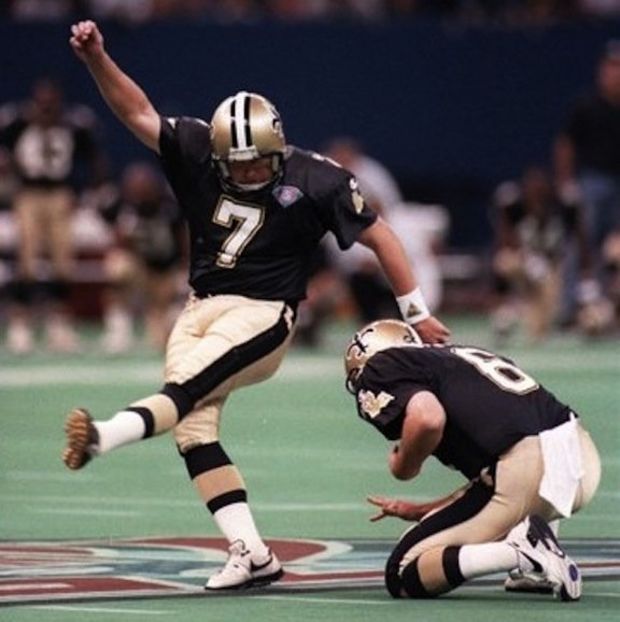 However, pension plans, like in any other corporation in the US, are provided based on the employee's length of service.
However, pension plans, like in any other corporation in the US, are provided based on the employee's length of service.
NFL players covered by pension plan since 1962 years old. The current plan considers 55 as the standard retirement age. Because an NFL player's career can be very short and extremely hard on the body, a retirement fund is critical to the future of many players.
Professional athletes earn high incomes but in many cases have relatively short careers of only a few years.
After retirement, most professional athletes have a league-sponsored retirement plan that they can count on. Surprisingly, retirement plans vary greatly by sport, with some leagues giving players a lot of perks, while others offer players the bare minimum.
Many professional athletes live lives that most people can only dream of. They enjoy big salaries, big advertising deals and national fame.
Throughout their career they have been loved and adored by their fans.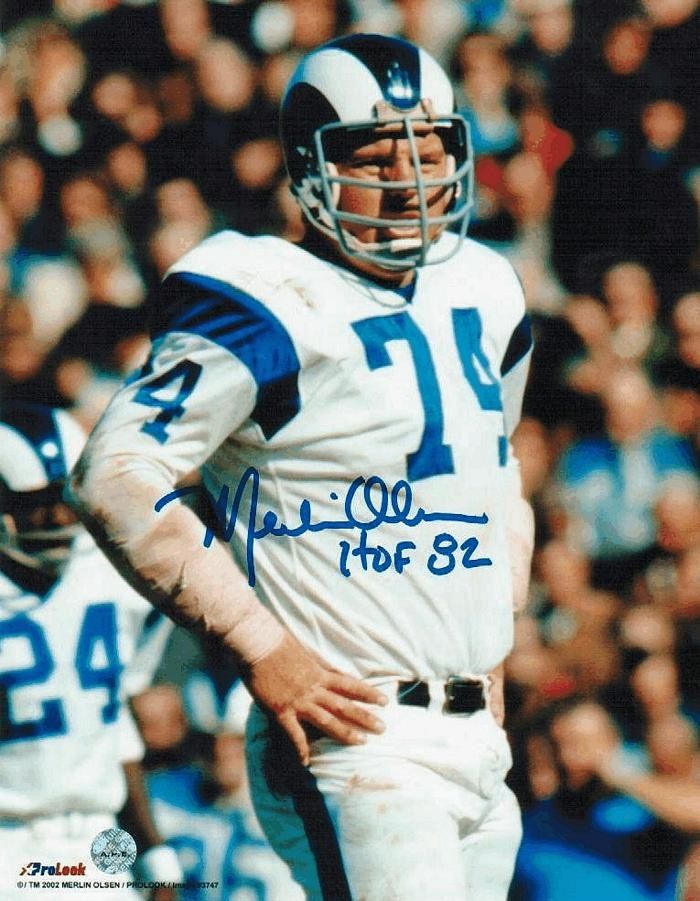 But what will happen when their professional sports career is over?
But what will happen when their professional sports career is over?
NFL players leave the sport they have been playing all their lives when they retire. They need to find a new direction and purpose now that football is no longer an option.
So what are some retired professionals doing in this new phase of their lives?
Some start careers in broadcasting. Several start-up businesses. Either way, NFL players who prepare retirement plans years in advance often do well, and you're likely to have a lot of questions for your money manager when putting together individual retirement plans.
If you're wondering when you'll leave the NFL, this is your age.
Here is the short answer:
NFL players are not allowed to choose their retirement date. You hang up your boots due to old age, injury, or a less expensive version of yourself.
NFL players are not required to stop playing at a certain age.
See the next section for more information on this.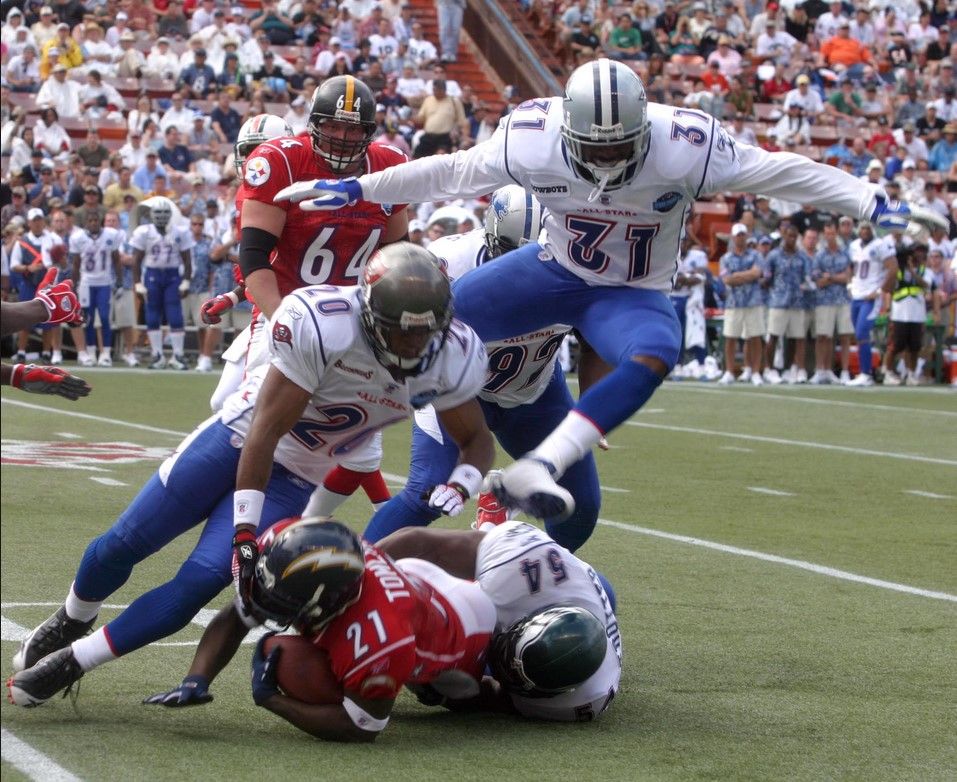
READ MORE: RETIRE AND INVESTMENT: 2022 Best Guide
NBA players have one of the most generous retirement plans of any professional sport. They enter their retirement plans after they have played at least three seasons in the league.
Average earnings in 2016 for a player who retires at age 50 is $38,000 per year - not a bad retirement for a three-year career. A veteran with 102,000 years of service can earn $102,000.
But that's not all. NBA players are also eligible to compete in league-sponsored tournaments. 401(K). Do you think your 401(k) plan is good with a 50% compliance policy? The NBA matches the player's contribution up to 140%.
READ MORE: 401k: The Easy Guide for Beginners and Pros (+ Top 15 Plans in 2022)
NFL players typically retire at an early age—often in their 20s. NFL players often only play a few seasons. In their 30s, only the best can retire.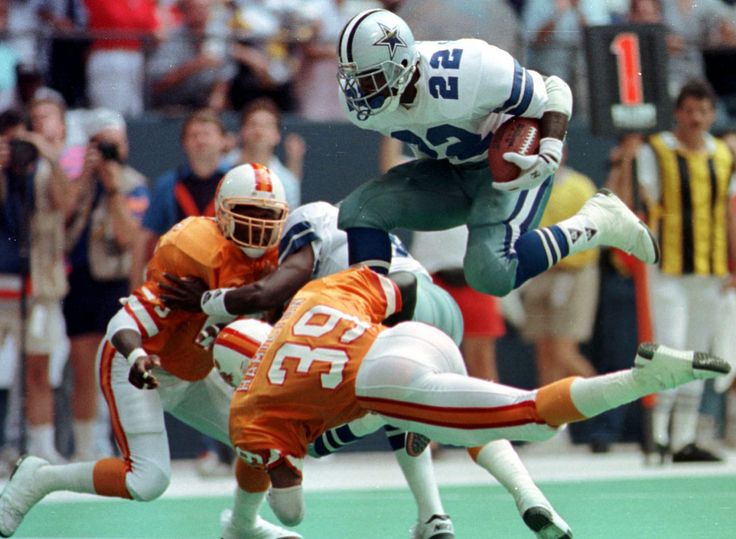
Some athletes become more and more careful with their bodies as they age. This can lead to players deciding to exit the game before they lose. They begin to consider their actions off the field.
It is too difficult for others to stop playing the game they once fell in love with.
Obviously, when all these criteria are taken into account, there is no predetermined retirement age. It all depends on the person.
NFL players must play three seasons before they qualify for retirement. After that, it will be considered secured. Therefore, he is eligible for benefits agreed to by the CBA.
But what can be considered a season? For at least three games, the NFL player must be listed on the team's roster (regular season or postseason).
The player receives credits for each season in which he participates. His pension increases in proportion to the balance of his loans. Therefore, the money that NFL players make after retirement will be different.
A retired NFL player's income is determined by the number of seasons they have played. Each season counts as a dollar credit towards the maximum pension he is entitled to earn.
In addition, NFL players cannot receive their full retirement benefits until they are 55 years old. The player can earn a smaller amount of money along with early retirement penalties if they wish to receive the money sooner. The benefit increases significantly for a player who can defer retirement until age 65.
Retired NFL players typically receive $43,000 per annum in retirement benefits.
Most athletes make 401(k) contributions at some point in their careers. Depending on how much an NFL player has contributed from their paycheck, the entire amount of the 401(k) plan is determined. As investment accounts, both this account and the NFL CAP plan must be synced with your other investment accounts.
Another source of income available through the NFL Annuity Program.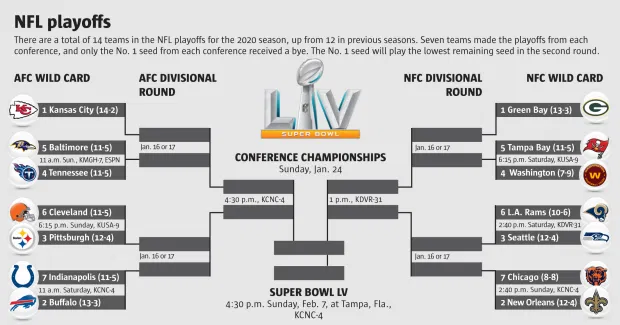 The amount contributed during each credited season determines the annuity's income level. It also depends on the choice of the annuity payment frequency by the player and the age at which he made this decision. A retired athlete can start using this source of income at age 35.
The amount contributed during each credited season determines the annuity's income level. It also depends on the choice of the annuity payment frequency by the player and the age at which he made this decision. A retired athlete can start using this source of income at age 35.
NFL can stand for "Not for long" when an average career lasts only three years. But that's just enough time to qualify for the league's retirement plan.
The league plan is based on the number of years in the league. A player who plays for at least three years is reported to receive an annual retirement check of $21,360 upon retirement. On average in 2014, retired players receive an annual pension of around $10,000.
Players who retired in the 1980s and 1990s are reported to have received between $3,000 and $5,640 a month for each season played in the NFL.
Newly retired players over 1998 year olds receive $5,640 per month for each year of service. Players with XNUMX years of experience receive an additional retirement bonus in the form of an annuity.
Players with XNUMX years of experience receive an additional retirement bonus in the form of an annuity.
Players are eligible for their full benefits at age 55.5. Although the retirement plan is much worse than other sports, the NFL offers a generous 401(k) plan. The league corresponds to the contribution of each player by as much as 200%.
Players are eligible for their full benefits at age 55.5. Although the retirement plan is much worse than other sports, the NFL offers a generous 401(k) plan. The league corresponds to the contribution of each player by as much as 200%.
What's more, your future financial success depends a lot on the decisions you make now—spending, saving, and investing your NFL earnings.
Average career in the NFL is 3.5 years with a total income of $6.7 million. It's important to get the most out of it!
READ MORE: Personal Finance: Fundamentals, Importance, Types, Management (+ Freeware)
OJ Simpson has been in the NFL since he was 1969 to 1979. NFL players who played before 1982 receive a monthly pension of $250 for each season played. Since Simpson played 11 seasons, that works out to $2,750 per month.
NFL players who played before 1982 receive a monthly pension of $250 for each season played. Since Simpson played 11 seasons, that works out to $2,750 per month.
As part of the settlement in 2011, former players were paid an additional monthly allowance of $124 for the season played before 1975 and $108 for the season played in subsequent years.
Simpson played six seasons until 1975 (only $744 per month) and five seasons after ($540). That's an additional $1,284.
This works out to $4,034 per month.
This is what Simpson would have earned if he decided to start collecting his NFL pension at age 55. Getting that amount in 108 months in jail would mean OJ made $435,672.
But if he had waited until the age of 65 (he turned 70 in July), then according to the formula he would have collected 2.619 times more. This would make his pension approximately $10,565 per month, and with 65 months in prison after his 60th birthday, that's $633,900.
While Simpson's retirement looks great compared to other NFL retirees, he's heavily in debt.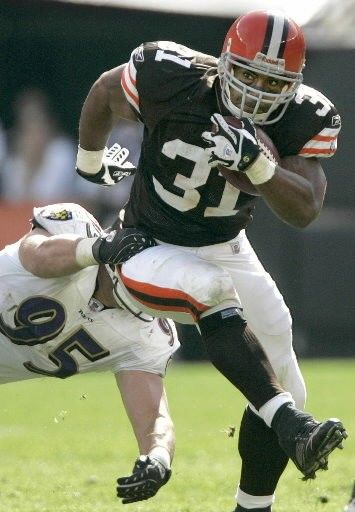 Despite his acquittal during a notorious 1995 murder trial, a civil court ordered him in 1997 to pay a substantial sum to the families of his late ex-wife Nicole Brown Simpson and Ronald L. Goldman in compensation and punitive damages.
Despite his acquittal during a notorious 1995 murder trial, a civil court ordered him in 1997 to pay a substantial sum to the families of his late ex-wife Nicole Brown Simpson and Ronald L. Goldman in compensation and punitive damages.
With accrued interest, he owes them $52 million. But fortunately for Simpson, he is not legally required to use his pension to pay this amount.
READ MORE: Secondary Mortgage Market: A Step-by-Step Guide to How It Works
According to the Mount Laurel NFL Alumni Group, over 10,000 retired NFL players or alumni will receive significantly increased benefits under the new CBA between owners and players.
After a week of voting, the CBA's proposal was approved by current players in a very close vote of 1,019 to 959, the NFLPA announced Sunday. A simple majority is required to approve a proposal.
The collective bargaining agreement between the NFL Players Association and the Board of Managing Owners governs all aspects of the NFL's operations and lasts for 10 years.
The average player pension will rise from $30,000 to $46,000 a year, according to NFL alumni, and over 46,000 former players are realizing the benefit.
The transition from four years of countable seasons to three to qualify for a pension provides an annual lifetime pension of 19$.800 for former players with three years in the NFL, but not four years.
This figure is expected to increase to $22,000 in 2025 based on expected annual NFL revenue growth. This will affect approximately XNUMX retired players.
What's more, retired players aged 65 and over will see a 25 percent increase in their Medicare Supplement.
In addition, according to a posting on the NFL alumni website, the new CBA encourages "all retired players to receive free or low-cost screening, preventive care, mental health and orthopedic care at a new national network of top hospitals created by the owners and the union."
READ MORE: EQUITY FINANCING: Types, Sources, Advantages & Disadvantages
The amount of retirement money an NFL player receives depends on when they retire.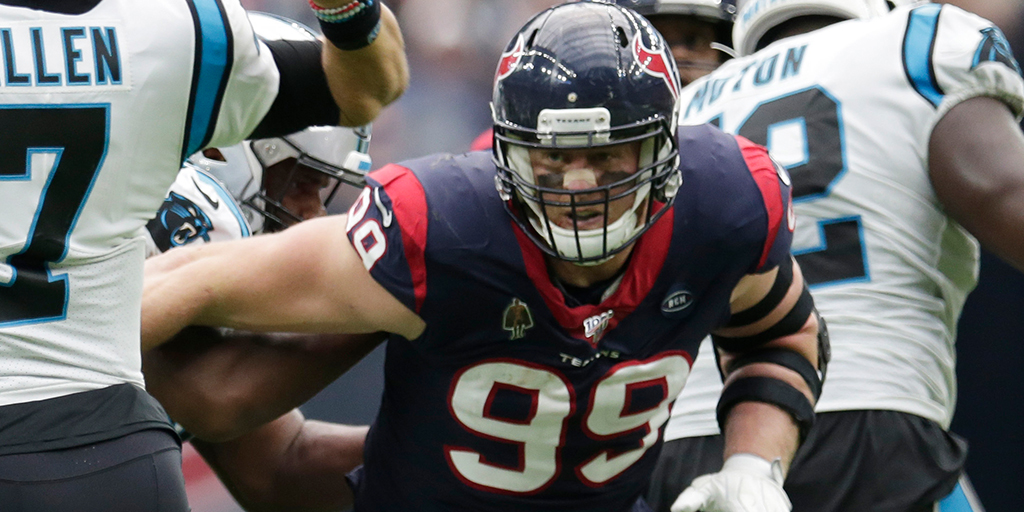 For example, according to Investopedia, if a player retired in the 1980s or 90s, they could earn between $3,000 and $5,640 a month. NFL players who retired after 1998 receive $5,640 per month.
For example, according to Investopedia, if a player retired in the 1980s or 90s, they could earn between $3,000 and $5,640 a month. NFL players who retired after 1998 receive $5,640 per month.
The amount also depends on the number of seasons played. Under the 2020 CBA agreement, player retirement funding has been increased.
NFL Retirement increases periodically and is the same for all players, regardless of salary.
Currently, a player who has played for at least three years will receive an annual retirement check of $21,360 upon retirement. On average, retired players receive about $5,000 a year from their pension.
Players who use the 401(k) plan will also be able to withdraw funds from this account when they are eligible. The amount of this benefit will depend on how much he decides to contribute to the plan while he is still earning money.
Similarly, players with an annuity can also receive payments from him.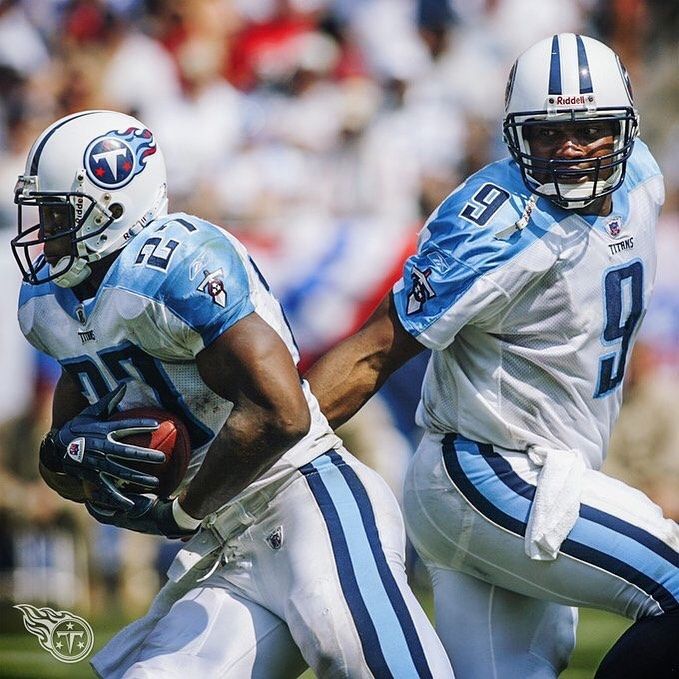 Again, the amount will depend on the total amount of the rent; this will also depend on how the player chooses to receive payments (including age to start and frequency of payments).
Again, the amount will depend on the total amount of the rent; this will also depend on how the player chooses to receive payments (including age to start and frequency of payments).
READ MORE: 401k: The Easy Guide for Beginners and Pros (+ Top 15 Plans in 2021)
Players may qualify for two other benefits in addition to the retirement plan. One of them is a 401(k) plan (Second Career Savings Plan), which includes matching two employers for the price of one, and is available to players after they play two seasons.
Another benefit is the player annuity program, which is available after they have played four seasons.
Former NFL players are also eligible for several types of health benefits.
The National Football League Players Association (NFLPA) describes the following benefits available to former players.

There are no special pensions for former NFL players in the Hall of Fame, except for those received by other former NFL players. The number of seasons a Hall of Famer has played affects his retirement. as well as not a member of the Hall of Fame.
NFL players have access to two more benefits in addition to the retirement plan.
The second career savings plan has only one bonus. This is a 401(k) style plan where the employer doubles the amount the employee contributed. After that, the NFL player has two more seasons to use this plan.
A player annuity program is also available. After four seasons of play, former athletes are eligible for this promotion.
However, there are additional NFL retirement benefits available to former players. Plus, there are health benefits.
After the first five years of retirement, NFL insurance can cost up to $35,000 per year in premiums alone. These are significant expenses that need to be budgeted for before a retired player has to start making bonus payments.
Players receive $25,000/year for medical care and an additional $25,000/year for mental health services through the NFL Specialty Hospital Network program.
This is a fantastic earned benefit that should be used where possible and not in lieu of insurance.
Former Player Improvement Plan gives former NFL players access to the following benefits, according to National Football League alumni:
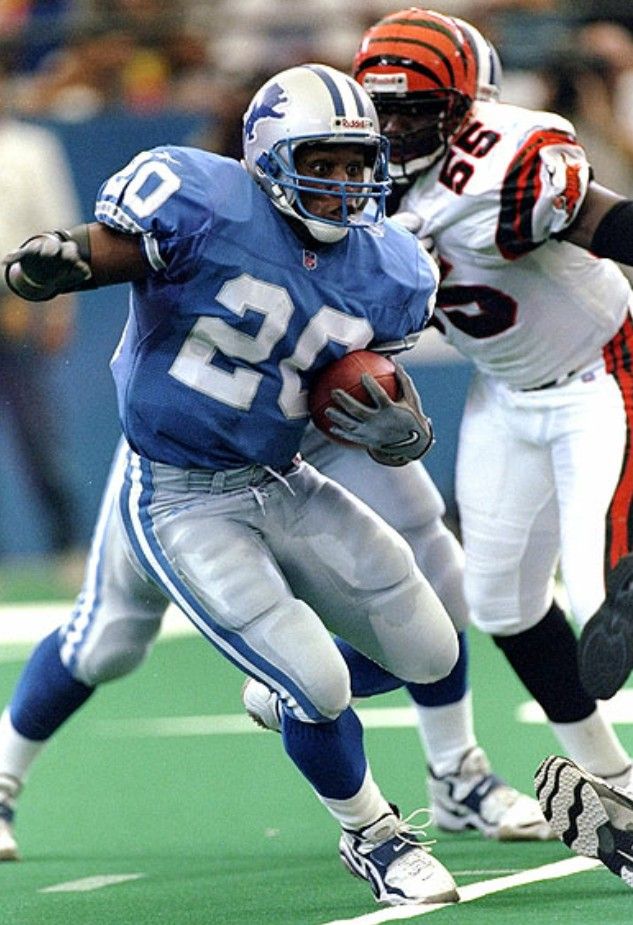
In addition, severance pay is another benefit some retirees may be eligible for NFL players. Former NFL players must have at least two credited seasons to qualify for severance pay, according to the NFLPA.
Lump sum severance pay is issued in the form of a check. After the expiration of their contract with the NFL, players receive this payment one year later. The amount is determined by the player's seasons of service and the years in which those seasons fell.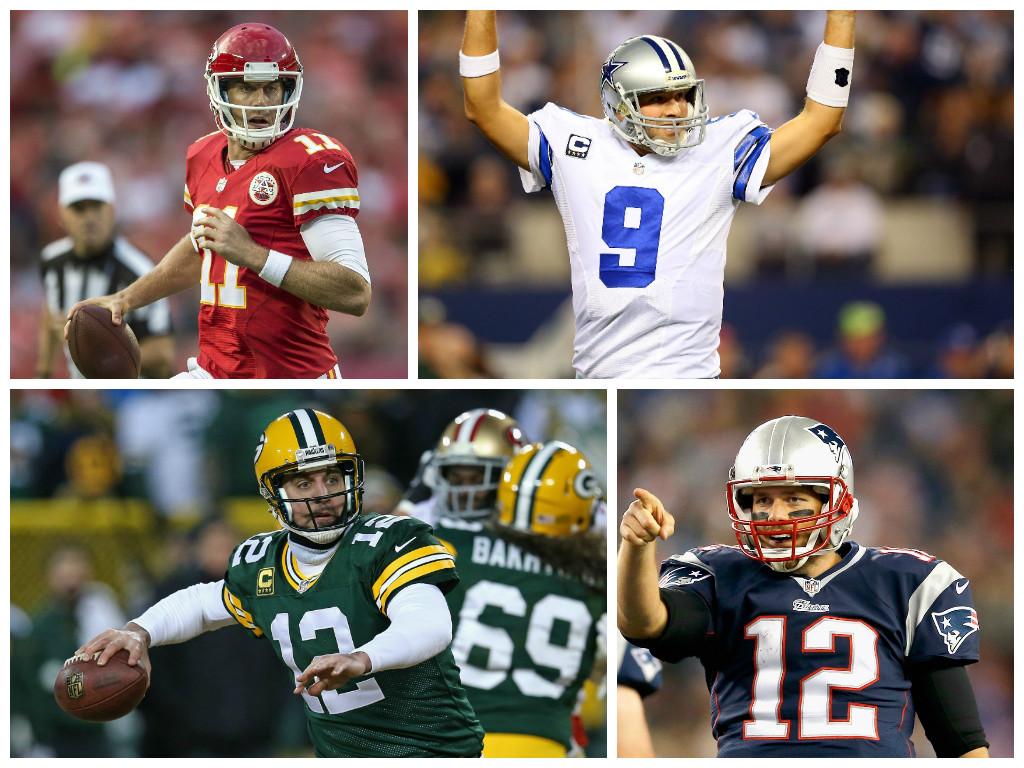
For example, as part of the severance pay, players received $22,600 for each credited season from 2019 to 2019.
I hope this article explains everything there is to know about NFL retirement and its benefits. If you have any questions let me know in the comments section.
All the best!
NFL Pension is a plan provided by the National Football League to its players.
The duration of the NFL pension depends on the length of service of the employee.
A tax deduction allows you to return part of the money spent for certain needs.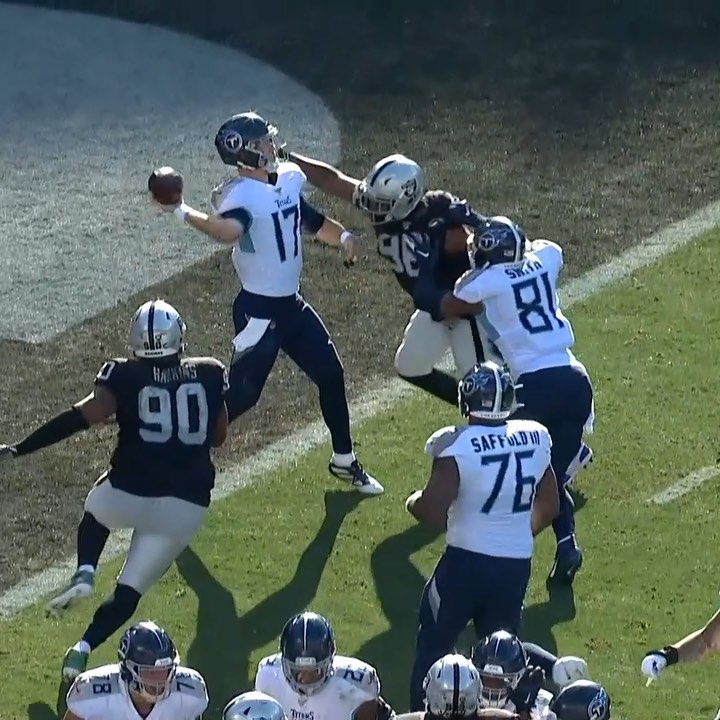 This right is governed by the legislation of Russia and the Tax Code of the Russian Federation. The main condition for applicants applying for a tax deduction is the payment of income tax in the amount of 13% for the period of obtaining a tax deduction.
This right is governed by the legislation of Russia and the Tax Code of the Russian Federation. The main condition for applicants applying for a tax deduction is the payment of income tax in the amount of 13% for the period of obtaining a tax deduction.
Content:
A tax deduction can be obtained when buying an apartment, house or other housing. Individuals of various categories who are payers of personal income tax (PIT) or the so-called income tax can apply for a refund. But, since the pension is not subject to income tax, then Receiving a property deduction by people of retirement age has its own characteristics . Let's consider in more detail.
There is a special procedure for obtaining a tax deduction for working pensioners when buying an apartment, house or other residential property.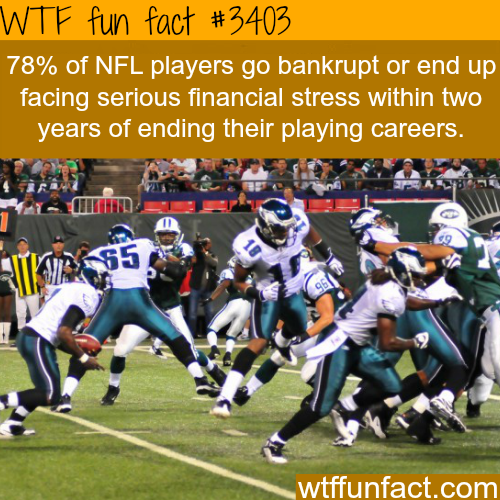 They have the right to take advantage of the opportunity to return the tax for the previous four years, just like non-working pensioners, and if there is a balance of the deduction, then continue to receive the deduction further.
They have the right to take advantage of the opportunity to return the tax for the previous four years, just like non-working pensioners, and if there is a balance of the deduction, then continue to receive the deduction further.
To receive a refund immediately for 4 years, you must submit 4 declarations for each year separately - for the year in which the right to deduct arose and three for the transfer of the balance.
Retirees who receive additional income, for example, from renting out housing, bank interest or from the sale of property, are also eligible for a tax refund or reduction, provided that income tax was paid at a rate of 13%.
Prior to 2012, non-working pensioners with no additional income could not claim a deduction for the purchase of real estate. However, in January 2012, a new Law No. 330-FZ of November 1, 2011 came into force, according to which people of retirement age without income began to have the right to transfer the balance of the property deduction to previous tax periods, but not more than 3 years ago .
Thus, if a non-working pensioner bought residential property after retirement, he can file four declarations and receive a deduction when carrying over the balance to the previous period. In this case, the year of purchase of housing will be considered the year of the balance formation.
For a pensioner who is not entitled to a tax deduction, the official spouse can claim the deduction if she had income for the period when the right to the deduction arose.
A pensioner can apply for a tax deduction at the end of the calendar year in which the property was purchased.
According to the laws of the Russian Federation, non-working pensioners cannot claim a deduction for a period of more than the last 4 calendar years.
To receive a deduction, you must submit documents to the tax office at the place of residence.